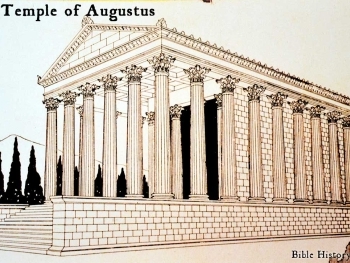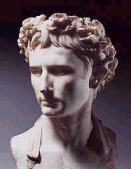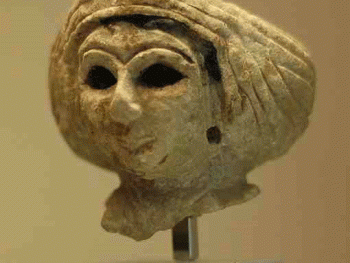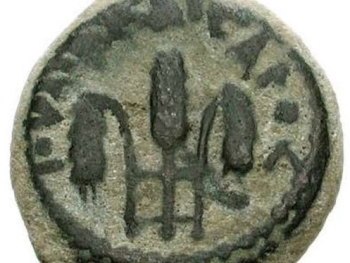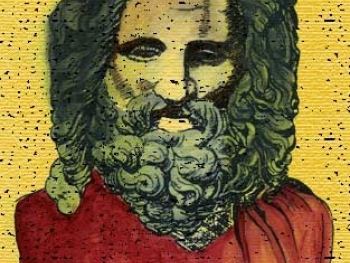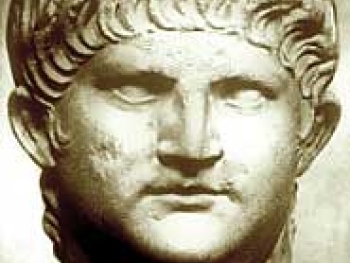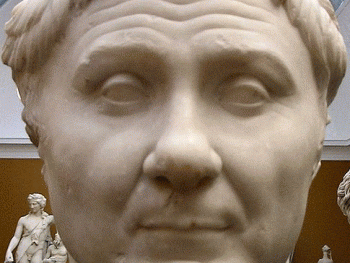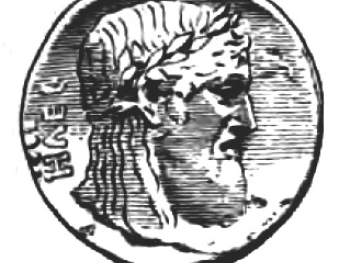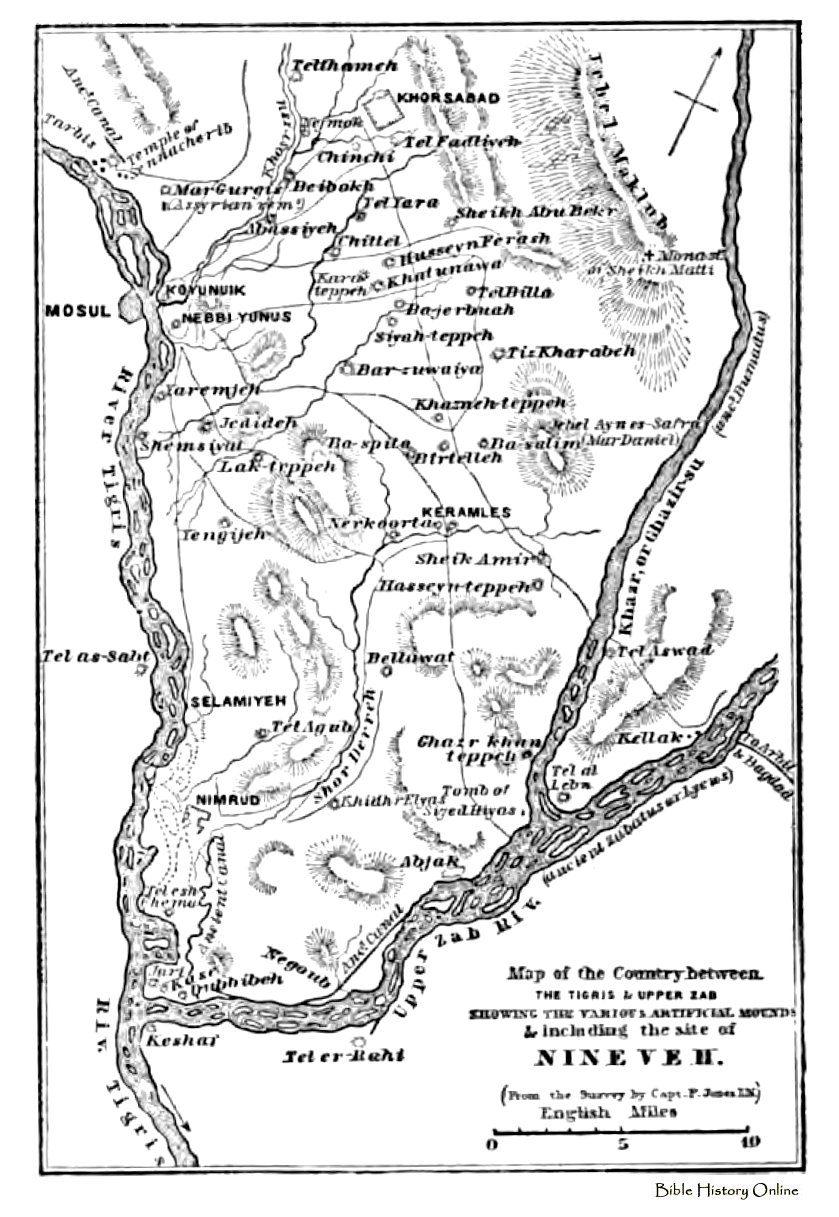
The land of ancient Assyria was located in the far north of the Tigris river near modern Mosul. In their earliest history Assyria was a small territory on the left bank of the northern Tigris River. Over time their borders extended to the area between the Armenian mountains on the north, to baghdad on the south, to the Zagros mountains on the east, and the mountains of Kurdistan on the west, and even to the Euphrates River. Throughout Assyria’s history the boundaries of Assyria changed often, especially in the southern portion.
Source:
